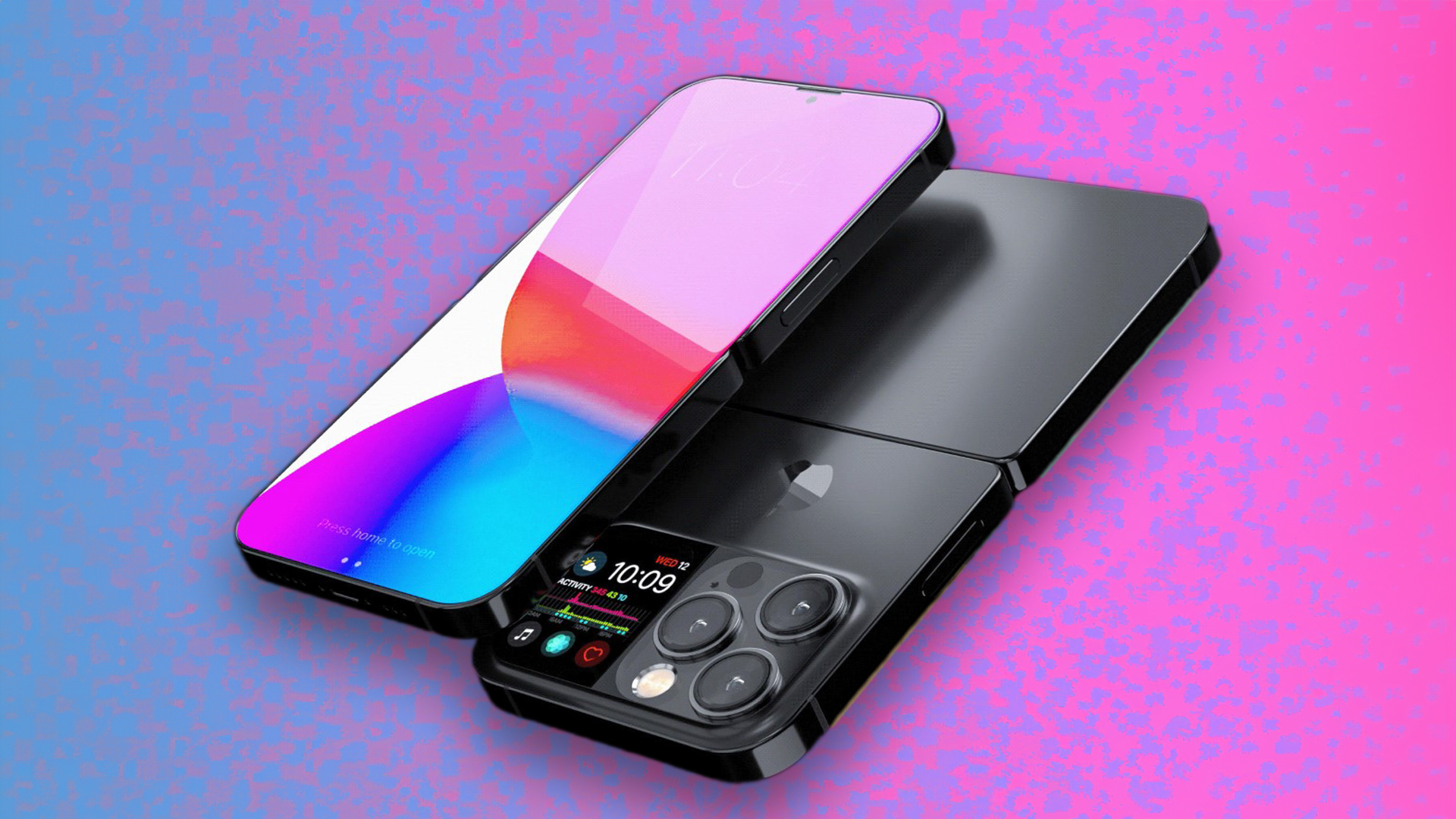
This week another iPhone Fold rumour circulated, suggesting that Apple might get into the best folding phones game come 2026. That got me thinking: what would Apple need to create in a folding iPhone to successfully lure users away from their would-be iPhone 18 at that time?
I've used dozens of folding phones over the years and being part of that evolution has been fascinating – although not always a success. Google's first foldable, for example, was a big disappointment to me – one that it fortunately rectified in its totally redesigned second-gen model, the Pixel 9 Pro Fold.
But Apple obviously has nothing to do with the best Android phones. The ecosystem is different, the software layout is different, the user bases are just different. So in a would-be iPhone Fold – if the iPhone name would even be maintained for such a product category – Apple would have to steer away from the Samsung, Google and OnePlus design de facto to create something truly standout.
1. Fold, not flip
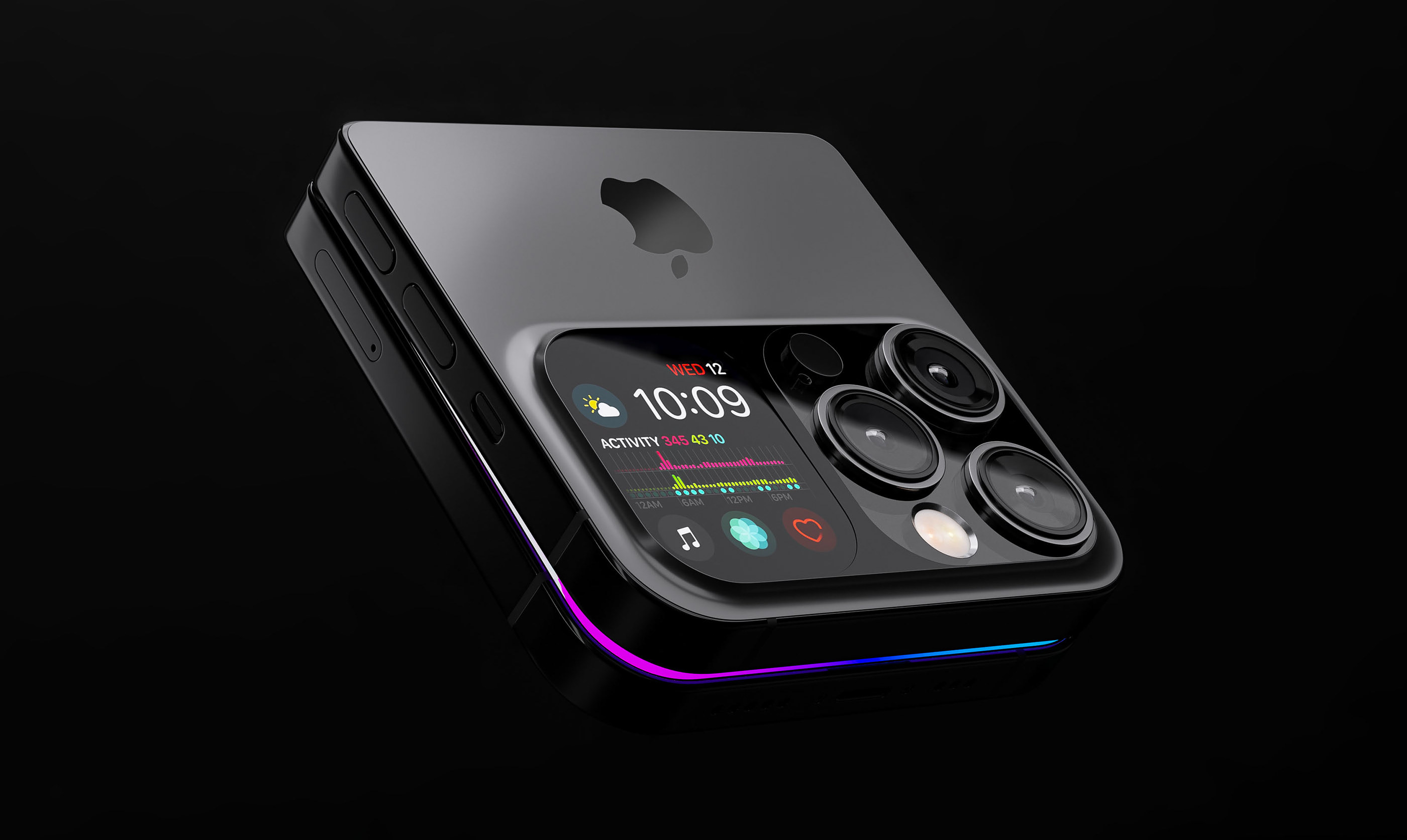
The most recent rumour depicts a clamshell design iPhone Fold – one with an Apple Watch Ultra-like screen on its exterior, which flips open to be a 'normal' iPhone. Great concept, as you can see in the image above, but I don't think that's going to cut it for iPhone users. Who wants less iPhone as standard?
No, I think what Apple needs to do is deliver more iPhone: a phone-sized product that then unfolds into an iPad Mini-beating scale. But it needs to be practical, not the square aspect ratio of Google's second-gen Pixel foldable – a more elongated interior to bring benefit of the best streaming services' content to enjoy at massive scale.
That's going to be tricky to do, of course, and I don't think Apple going down the tri-fold route of Huawei is going to fly. The Mate XT's design, while impressive, is ultimately too fussy. And while rollable phones, such as Motorola's Rizr concept, are great visualisations – they're just too prone to debris and damage.
Sounds like I want the world, then? A little bit, perhaps. But if Apple is to create an iFold (or whatever it could be called), it'll need to focus on practicalities – providing screen scale and aspect ratio that's truly useful. And in a form-factor that's no bigger than iPhone standard.
Sign up to the T3 newsletter for smarter living straight to your inbox
Get all the latest news, reviews, deals and buying guides on gorgeous tech, home and active products from the T3 experts
2. Conquer the crease
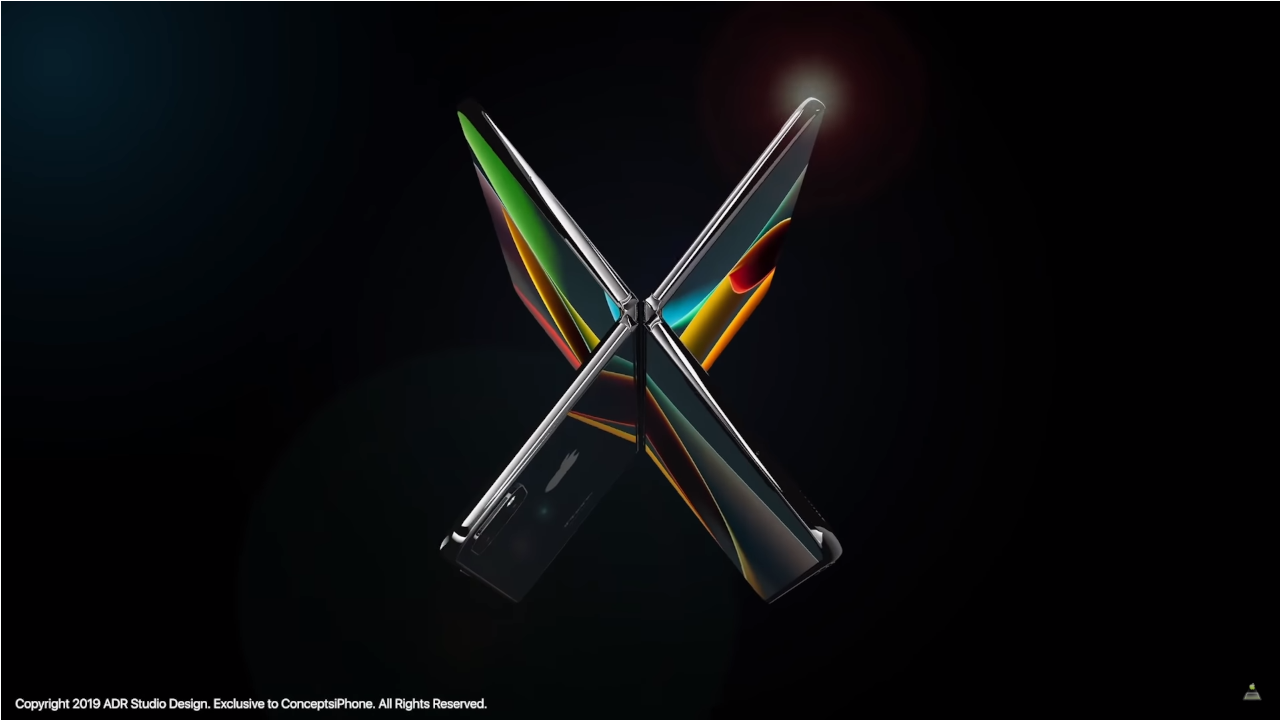
The other thing about folding displays is that they inevitably show a 'crease' down the centre, where the folding display sits over the hinge. Over time these can be exacerbated by simply leaving the device in a folded position, or by ongoing use.
I've watched the crease – or more lack thereof – decrease in presence over time. But it's still not perfect. So Apple's research and development team really needs to tackle this problem head-on and provide a solution that's beyond its competition.
That will also involve a breakthrough in anti-fingerprint coating, in my view, as the current pOLED finishes – that being plastic-covered OLED' – are particularly poor at negating natural oils from the skin. They don't clean down particularly well either, so for an iPhone to deliver that famous display punch it's going to have to perform R&D miracles.
3. Imagine the Pencil Mini
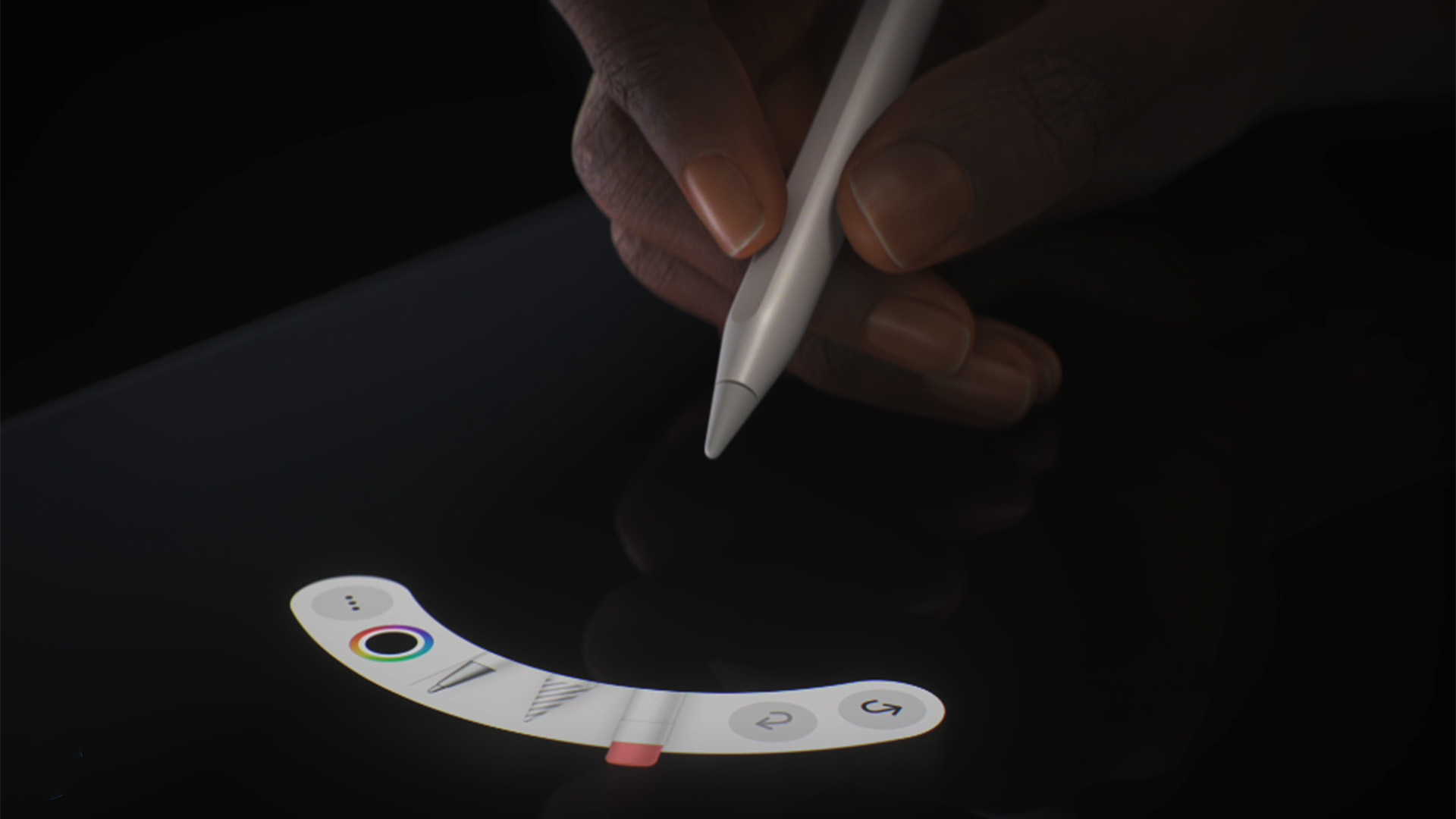
The other feature that no folding phone currently offers is an integrated stylus. The closest you'll get elsewhere is from Samsung's Galaxy S24 Ultra, or the company's older Note products – both of which have been the best phones of their time, but neither of which fold in any way.
Where Apple could offer something truly different is in introducing a Pencil Mini (surely with a lowercase 'm', a la iPad) – but integrating this into the foldable's design. Having a Pencil on hand for unfolded iPhone Fold use would be a game-changer – and a stand-apart feature from the best iPhones to make it truly desirable.
I'd suggest the Pencil Mini only operate with the unfolded product, so that in folded position the iPhone Fold would be just like a normal iPhone. Offering more productivity tools would be the main benefit of a stylus, overlapping somewhat with an iPad's remit – but in pocketable form so you'd never not have it with you.
In summary
In short, then, I think Apple's foldable phone needs to look like the best iPhone of the day, without compromise, but the ability to unfold into an iPad Mini scale product. An integrated Pencil Mini would change workflow possibilities on the unfolded screen. And R&D developments would ensure the large display offered the best anti-fingerprint finish for glorious, punchy visuals.
What I've not touched upon is money. The best Android foldables are already super-expensive – touching a couple of thousand, or near enough – to buy outright. Apple's hardly fazed by pricey product, though, as its Vision Pro headset lays clear. That's kind of a blessing to have, really: that many Apple users are willing to fork out the extra – and, therefore, I think an iPhone Fold would be super-pricey, but that'll mean no corner-cutting in production for the ultimate foldable phone on the market.
Will any of this happen, though? It's all rumour and conjecture at the moment. Perhaps it's entirely a pipedream as, let's be real, is Apple going to chase its Android competition's start in a market that's ultimately only marginal right now? If it can make a product compelling enough to lure iPhone Pro Max users up the price chain then, who knows, perhaps an iPhone Fold will be reality – but I think 2026 is too soon for that.

Mike is T3's Tech Editor. He's been writing about consumer technology for 15 years and his beat covers phones – of which he's seen hundreds of handsets over the years – laptops, gaming, TV & audio, and more. There's little consumer tech he's not had a hand at trying, and with extensive commissioning and editing experience, he knows the industry inside out. As the former Reviews Editor at Pocket-lint for 10 years where he furthered his knowledge and expertise, whilst writing about literally thousands of products, he's also provided work for publications such as Wired, The Guardian, Metro, and more.
-
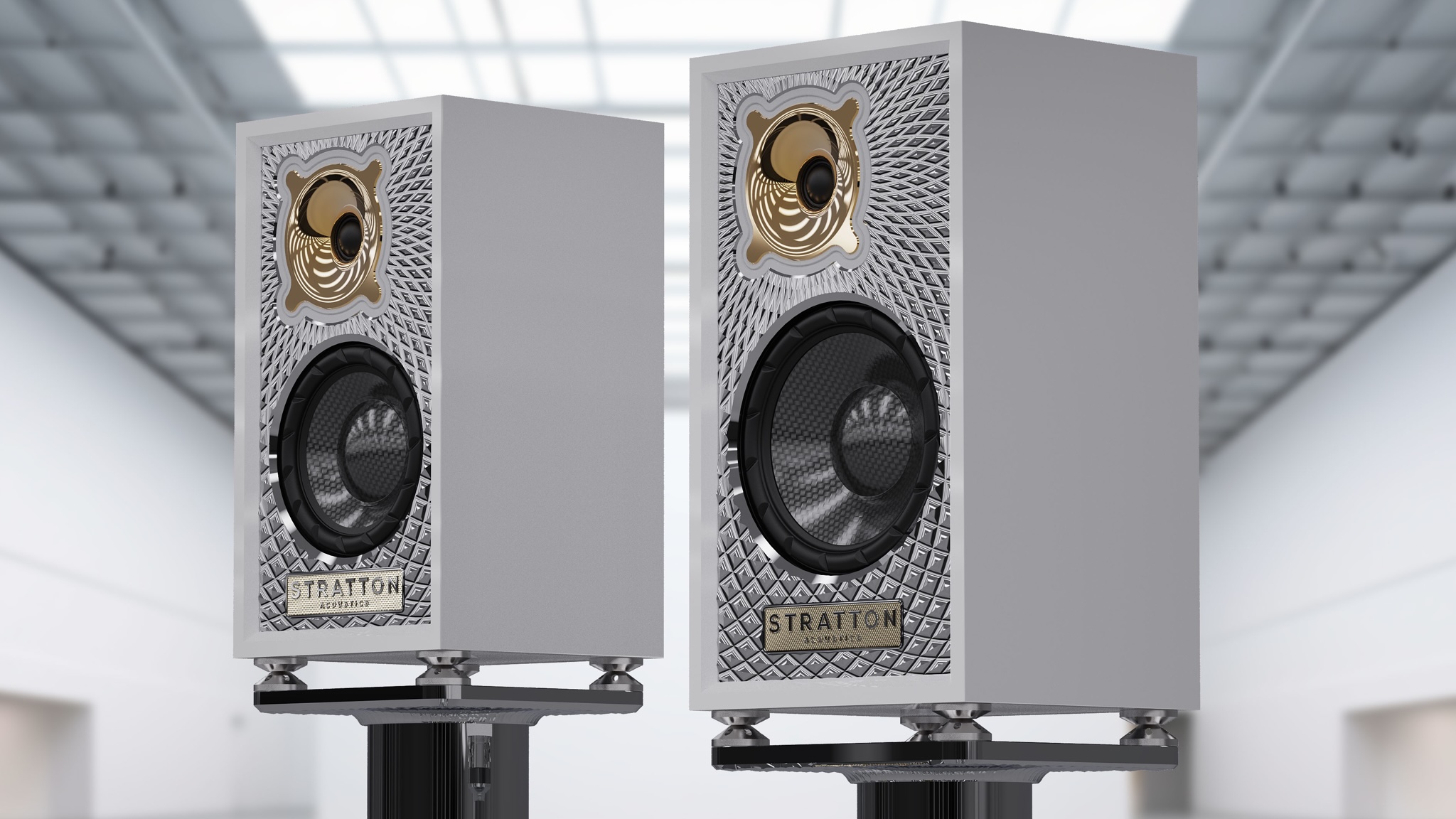 These British-built luxury speakers are so striking they’ll stop you in your tracks
These British-built luxury speakers are so striking they’ll stop you in your tracksStratton Acoustics' luxury speakers look stunning and promise performance to match
By Carrie Marshall
-
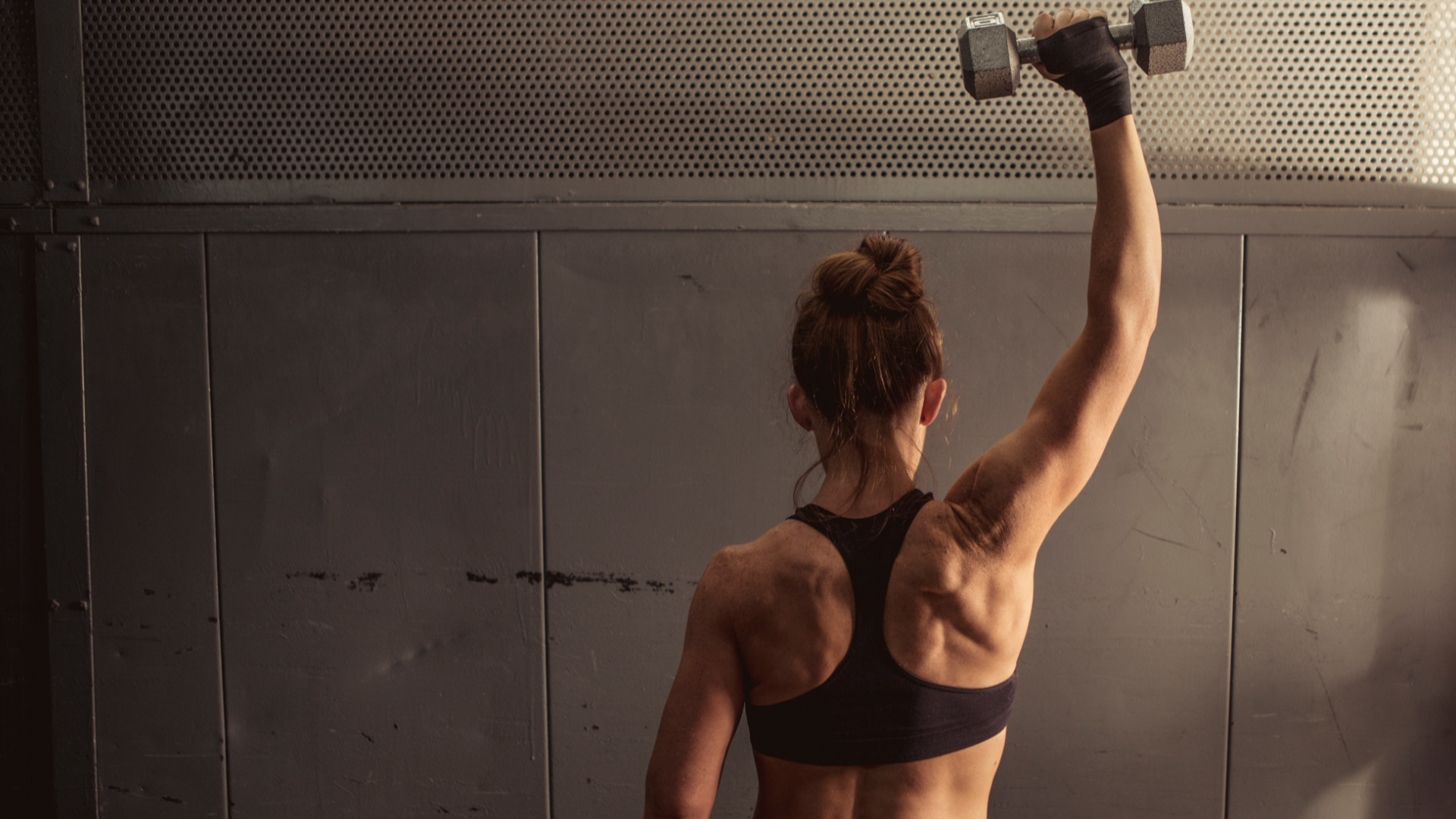 Three exercises to 'life-proof' your shoulders, according to a mobility expert
Three exercises to 'life-proof' your shoulders, according to a mobility expertHealthy shoulders mean better movement, more strength and less injury
By Bryony Firth-Bernard
-
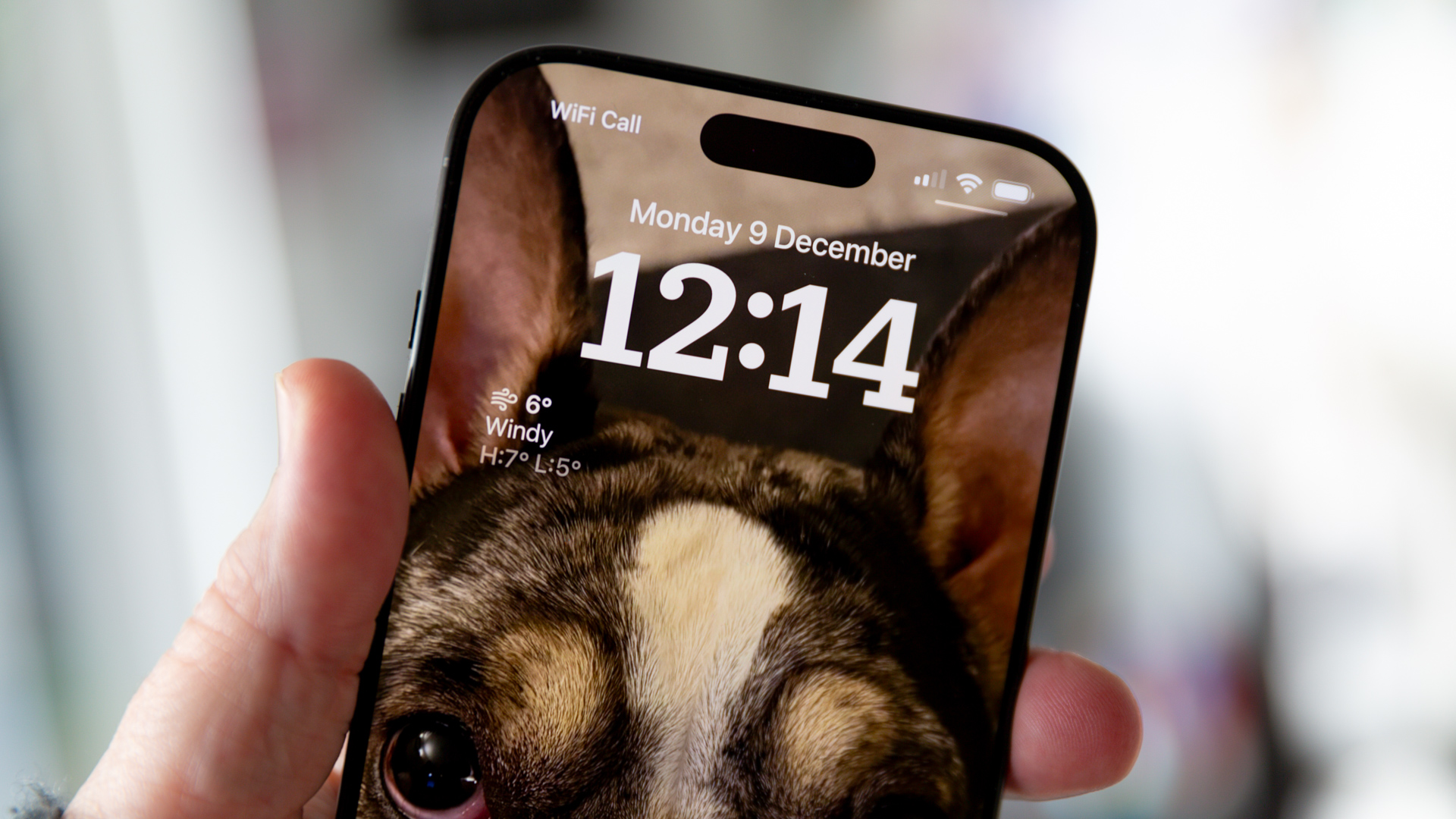 Will there ever be a US-made iPhone?
Will there ever be a US-made iPhone?It's something right-wing commentators have called for
By Sam Cross
-
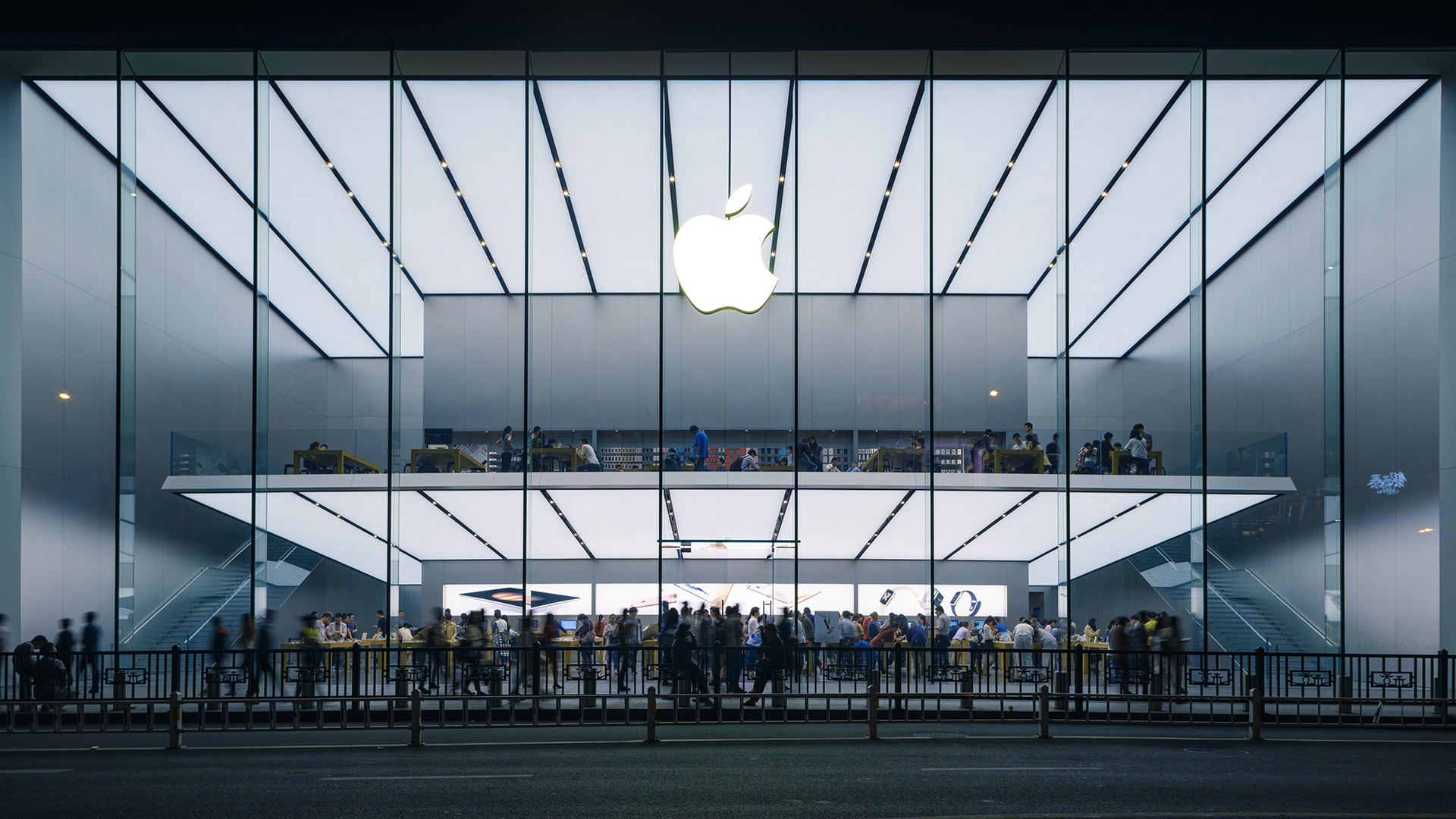 Is the cost of my iPhone going up? Everything we know about the effects of tariffs on tech
Is the cost of my iPhone going up? Everything we know about the effects of tariffs on techIt's an uncertain time for tech fans, with predictions not looking good for the price of phones, laptops and more in the US and beyond
By Sam Cross
-
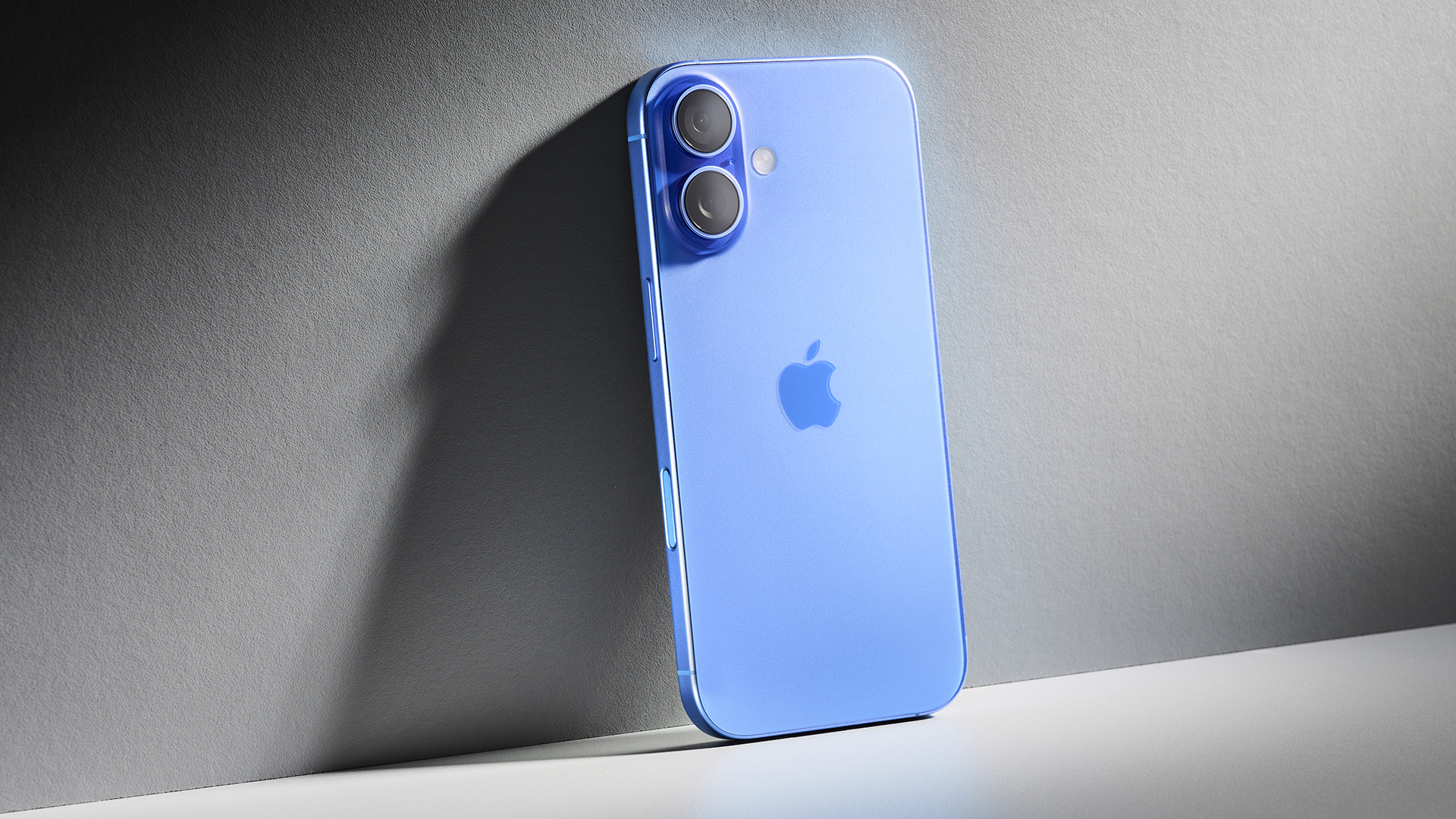 iOS 19's new design leaks straight after WWDC 25 announcement
iOS 19's new design leaks straight after WWDC 25 announcementThis could be a significant change
By Sam Cross
-
 Your iPhone tipped to get a seismic upgrade with iOS 19 – the biggest in many years
Your iPhone tipped to get a seismic upgrade with iOS 19 – the biggest in many yearsIt's said to be the most significant overhaul in over a decade
By Sam Cross
-
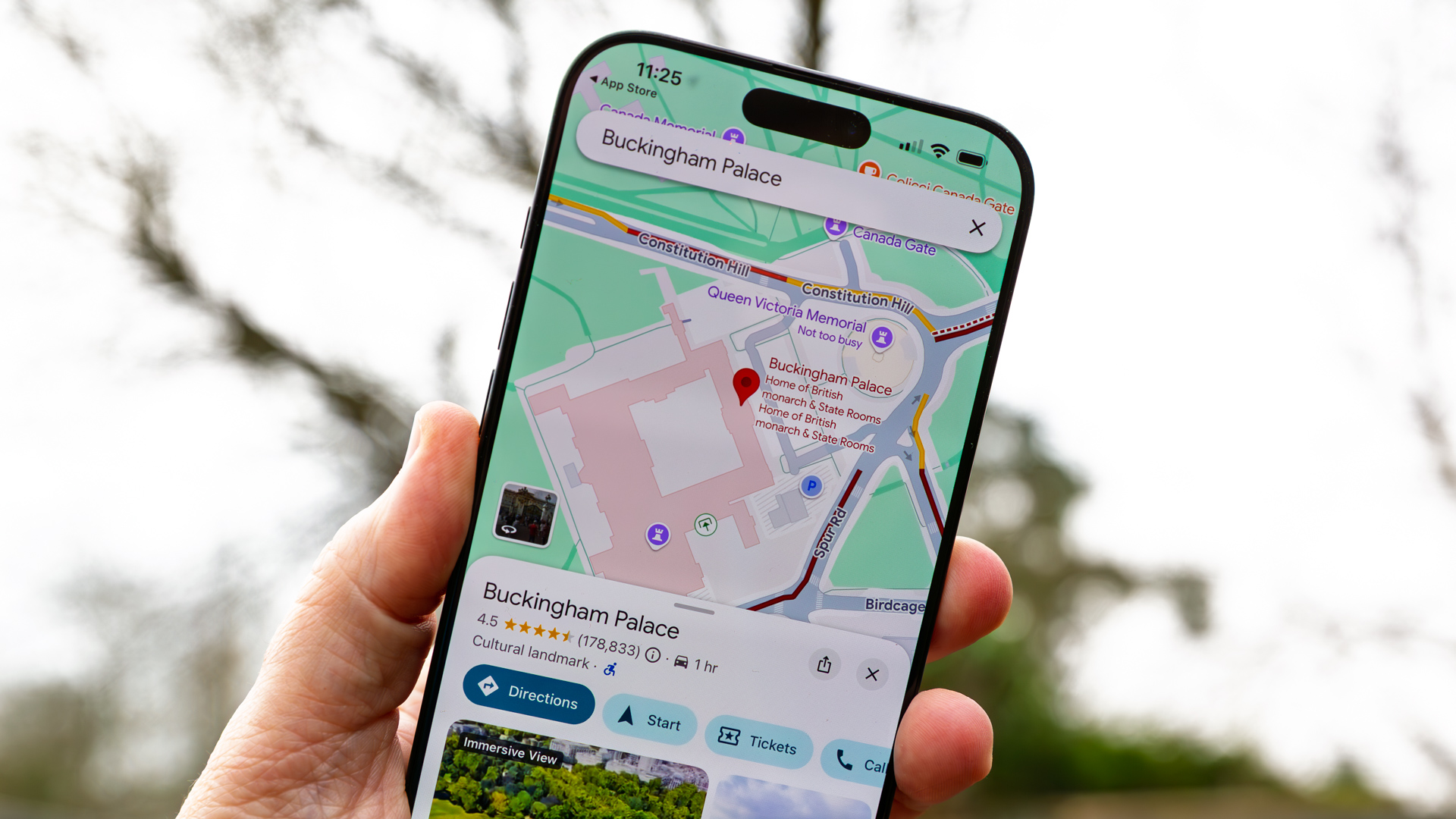 Google Maps design update finally comes to iPhone after Android owners have enjoyed it for months
Google Maps design update finally comes to iPhone after Android owners have enjoyed it for monthsIt should make one-handed use much easier
By Britta O'Boyle
-
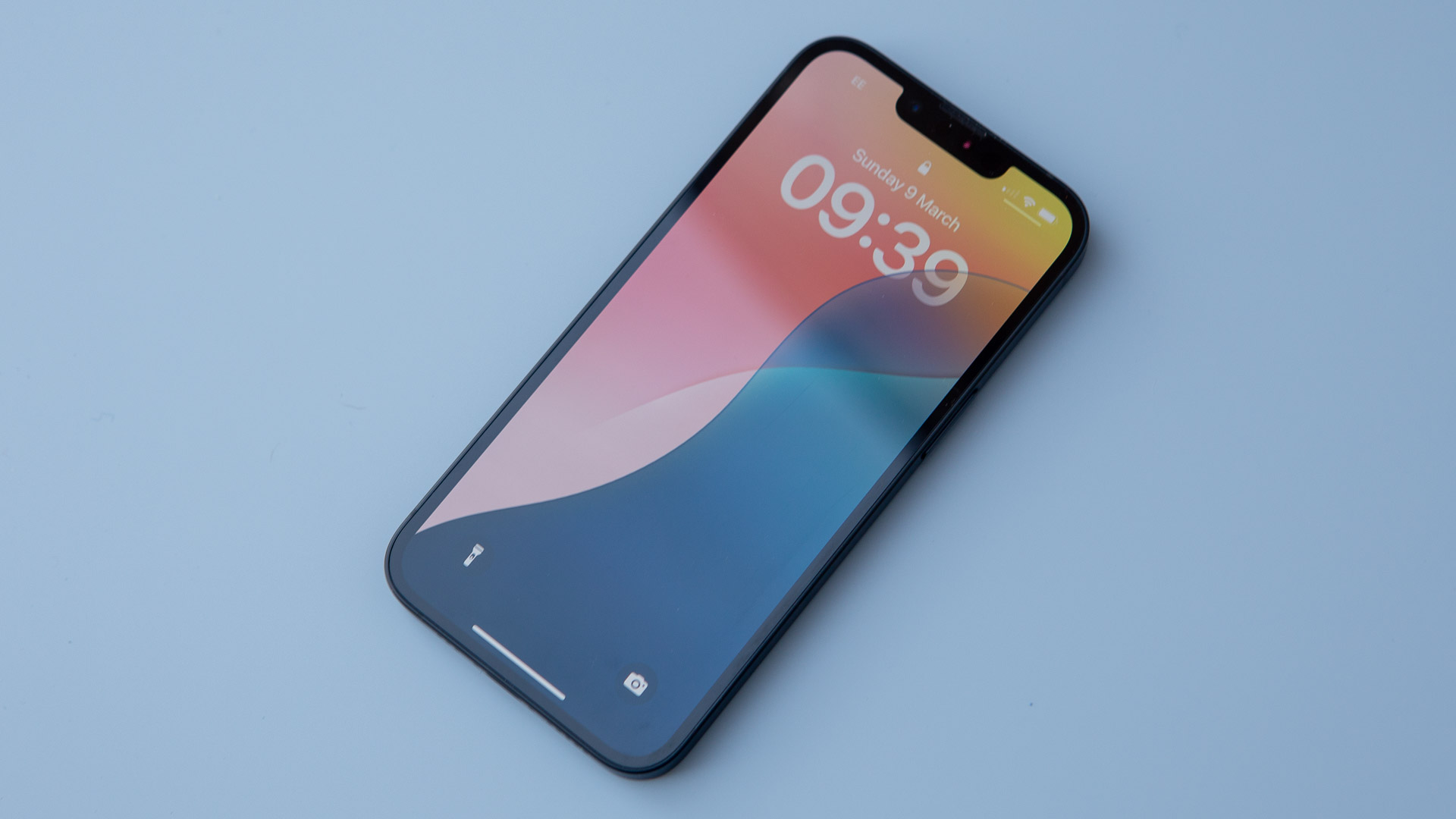 iPhone 16e review: smart, simple and affordable
iPhone 16e review: smart, simple and affordableForget the 16, the iPhone 16e is the model that most people will end up buying, and I can see why
By Mat Gallagher
-
 Apple AirTag 2 was missing from iPhone 16e launch, but could still arrive soon
Apple AirTag 2 was missing from iPhone 16e launch, but could still arrive soonWe could be just months away
By Sam Cross
-
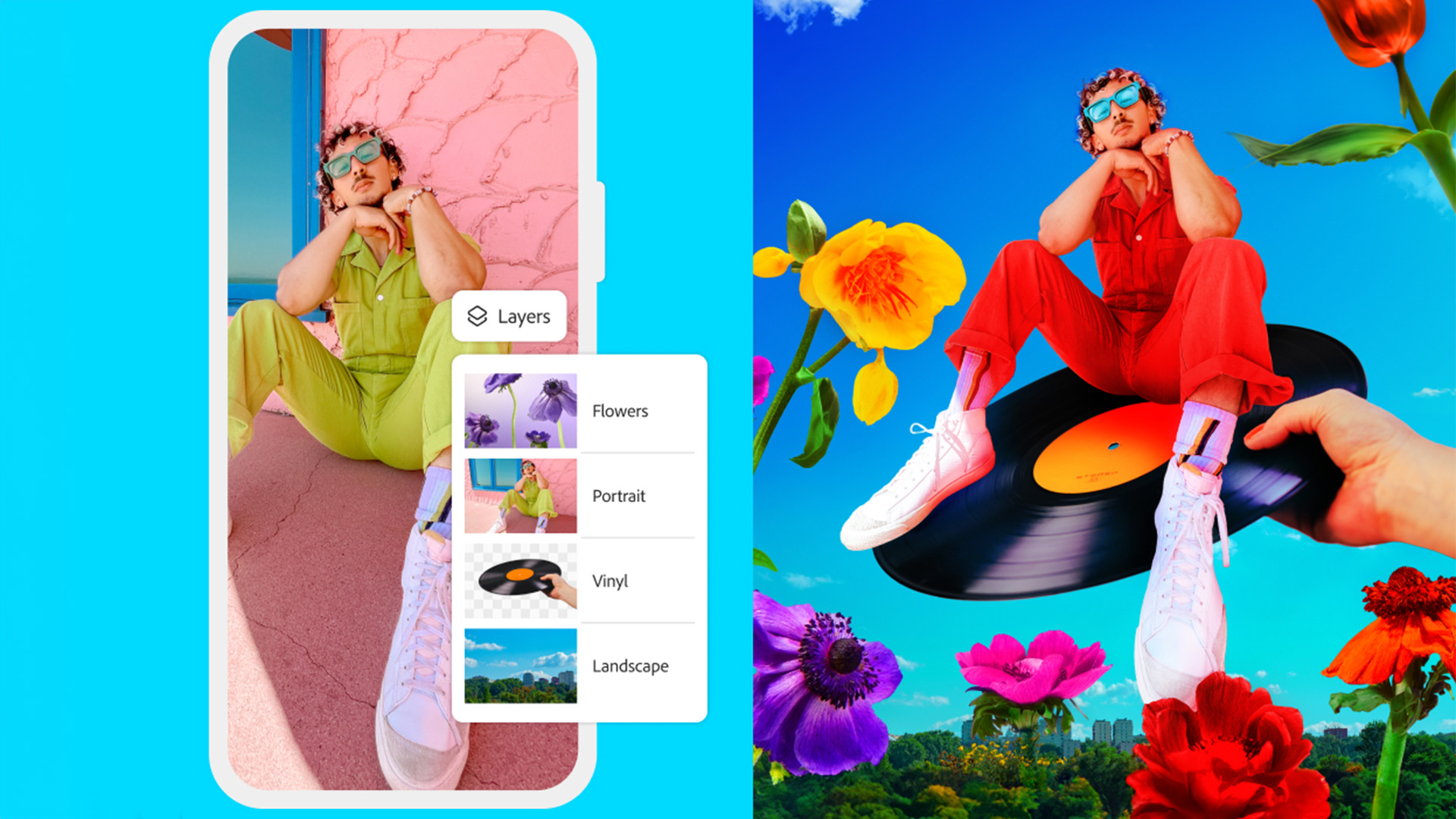 Photoshop's getting a surprise free upgrade on iPhone – and Android's next
Photoshop's getting a surprise free upgrade on iPhone – and Android's nextThe full experience is coming to mobile
By Max Freeman-Mills